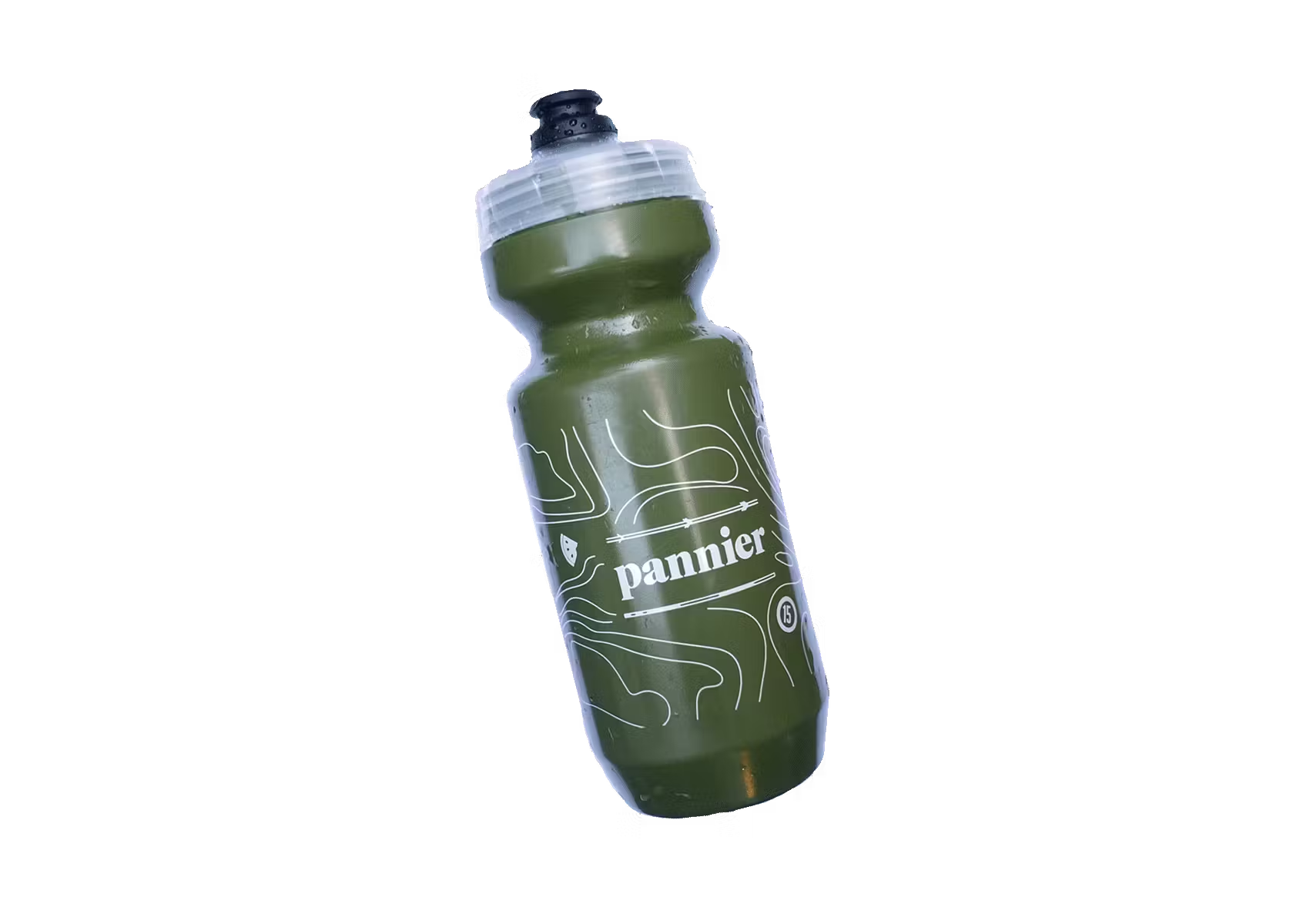
For as long as bicycles have existed, humans have seen their potential beyond utilitarian objects for travel. We have used them as tools for adventure, exploration and fun; pushing the limits of what the technology and our bodies are capable of. From the military’s use of bikes in the early 20th Century, to the Rough Stuff Fellowship, to early mountain biking in California – there is now a rich history of using not-quite appropriate cycles in the pursuit of endeavour.
The Salsa Warbird has proved instrumental in changing the perception of what is possible on a drop-barred bike; a story that begun in 2008…
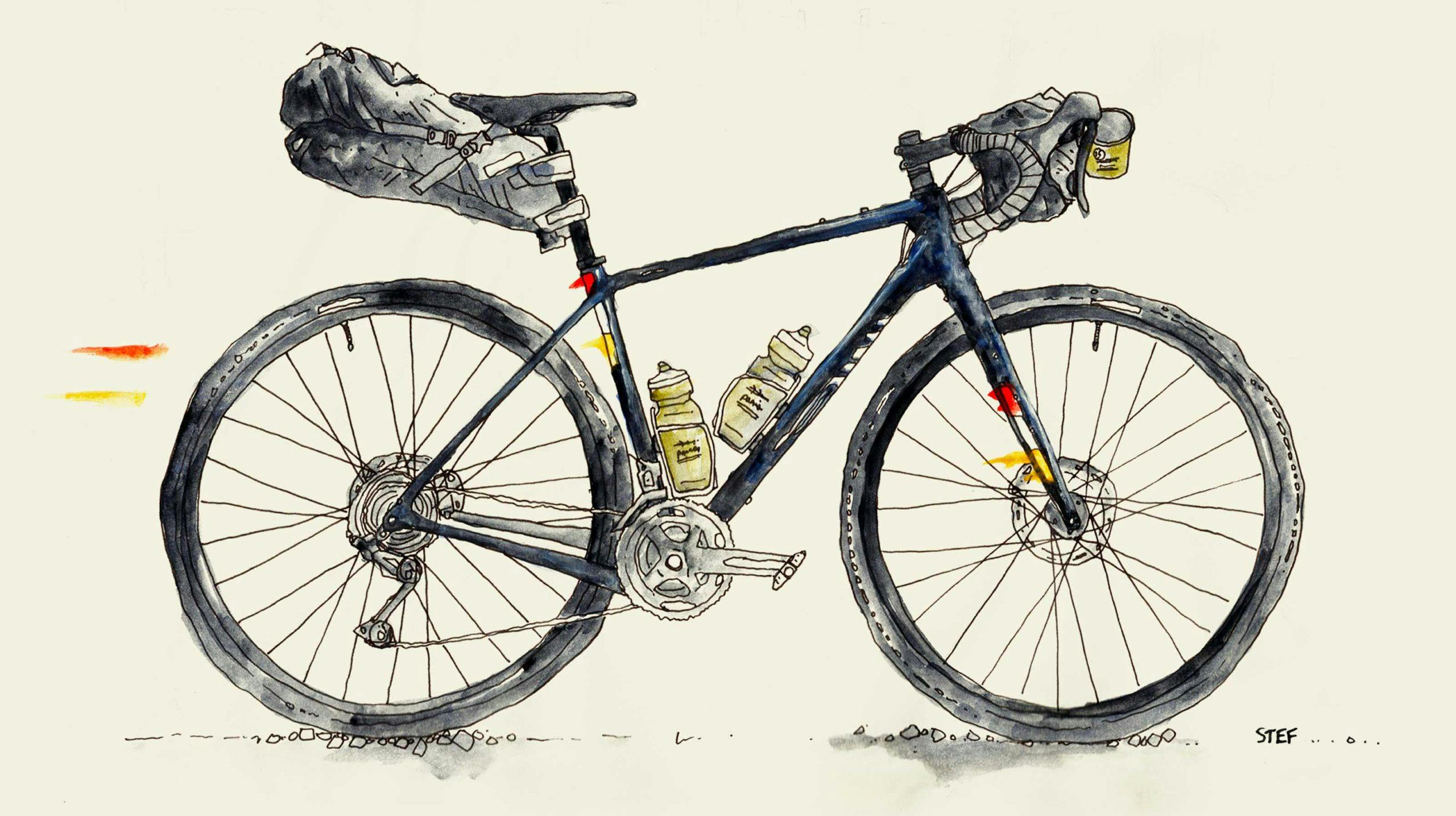

I’m standing astride a Warbird V4, 30km or so into my first ride on it. We are part way up a long gravel climb in the Forest of Ae and I’m fetching my waterproof from my framebag as a sleet shower blows through. It is credit to the comfort of the Warbird that I complete the three-day bikepacking trip with nothing worse than aching legs, despite the complete lack of get-to-know you time beforehand.
Those first 30km have already included forest roads, snippets of jinking singletrack and quiet stretches of tarmac in the western Scottish borders. The Warbird quietly got on with the task, always the right tool for the job. This route is probably the closest representation of a typical “gravel” ride in the UK. There is perhaps more true gravel in this slice of the UK than other parts of our small isle, but we still need to link it together on other surfaces.
We’ve been riding the Frontier300 route with Jaimi Wilson and Ede Harrison. Jaimi is planning on riding a Warbird around the world in record time later this year. Ede will be taking her Warroad across Europe with her eyes on a trans-Europe record too. Meanwhile, the next day, Dave and I are drawn to a patch of snow and gravel and play at doing skids for the camera. Some bike exploits are more impressive than others… but maybe this is the modern gravel bike in a microcosm – adventure and play, and everything in between…
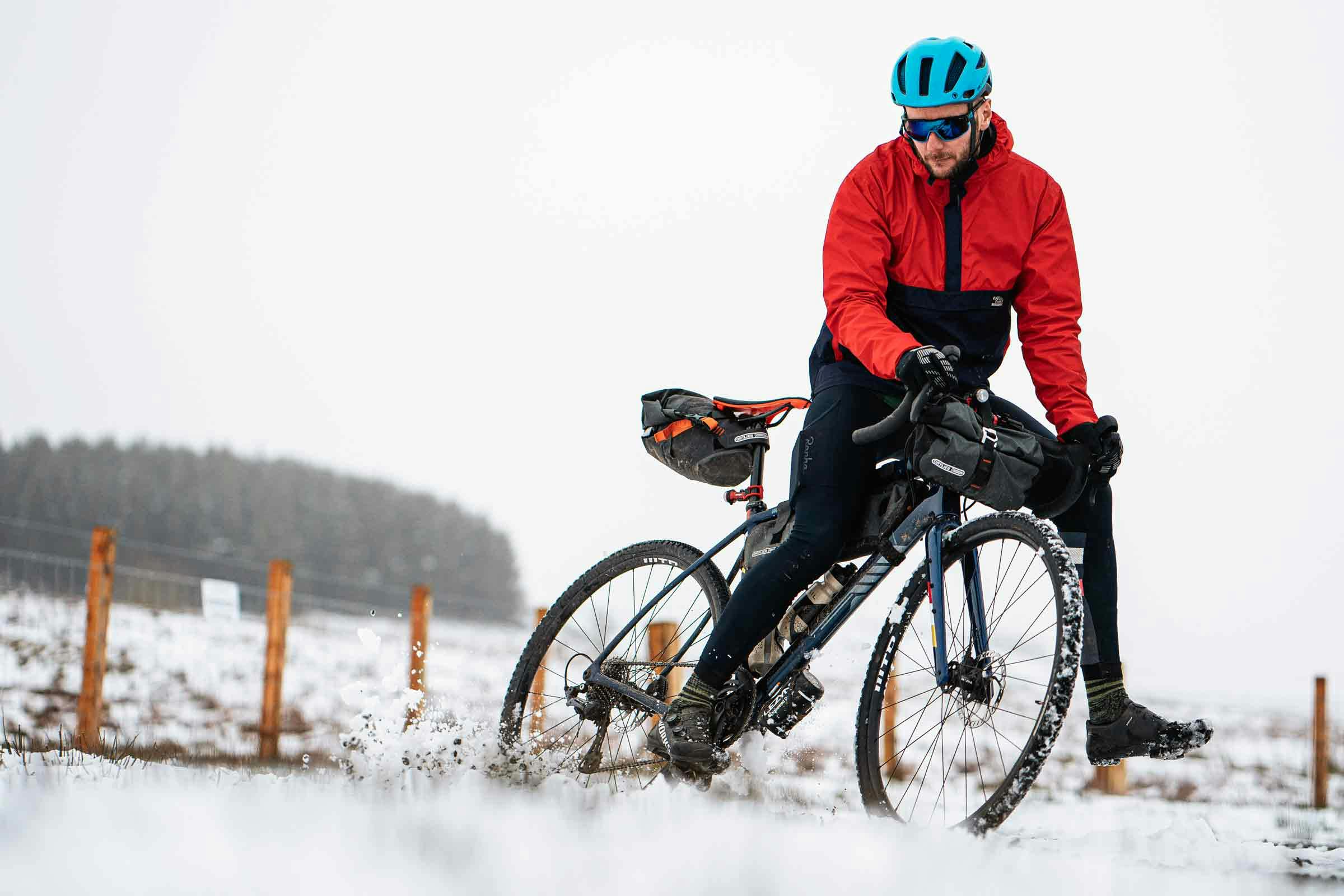

“It’s interesting to see how symbiotic the growth of gravel has been: the Warbird is successful because it was a bike that riders wanted but so many riders didn’t realise, until such a bike existed…” – Tom Hill
In 2008, Mike Riemer (Marketing Manager at Salsa) took part in the second edition of the Almanzo 100, finishing onboard a Salsa Casseroll singlespeed. It was his first experience of an embryonic scene, using the rich abundance of gravel roads found in the States. Racers at the time generally used cyclocross bikes, finishing battered and beaten… numb hands and raw backsides.
Ask any of those historic pioneers (for that is what they were) about their experiences and few will dwell on the bike. The places, sense of adventure, thrill of the race or camaraderie dominate. The bike was just there. Dig a little deeper though and there’s the tales of broken components and bodged solutions. Again, just the way it was. Alongside these riders there was a different kind of visionary. The technological pioneer, who grew frustrated by the limitations of parts that weren’t fit for their new purpose. The bicycle industry as we know it today has grown around this desire to make (and sell) better products to sustain our thirst for going further and faster. Over the years and decades this has lead to increasingly specialist genres. No longer is there just a bike. In its place there is the city bike, enduro bike, cyclocross bike, trials bike, track bike, time trial bike and a thousand other niches.
A small group of Salsa product design engineers grew frustrated with the limitations of using a ‘cross bike on long exploratory gravel rides and races. They knew there was a better way:
“The first-generation Warbird was the result of that early thinking about just what gravel racing entailed. Gravel racing and cyclocross are wildly different beasts, and anyone that is telling the truth will admit that one bike cannot be built to do both of those tasks best. Our initial aluminum-only Warbird model proved the benefits of our first take on gravel-specific geometry (long and low for increased stability on rough roads and fast descents), increased mud clearance, and disc brakes. It also pointed out the opportunity for continued improvement, especially related to increased rider comfort.” – Mike Riemer.
Hand in hand with this increase in categorisation has come broader improvements in technology – from indexed shifting to lighter frame materials to disc brakes. Some of these innovations have come full circle. Disc brakes, for example, saw their commercial break-through on downhill bikes, but are now a common sight in the pro road peloton. Divergence and convergence. Whatever the bike, the ability to shift reliably, stop in all conditions and rarely break components is almost taken for granted now. Times change…
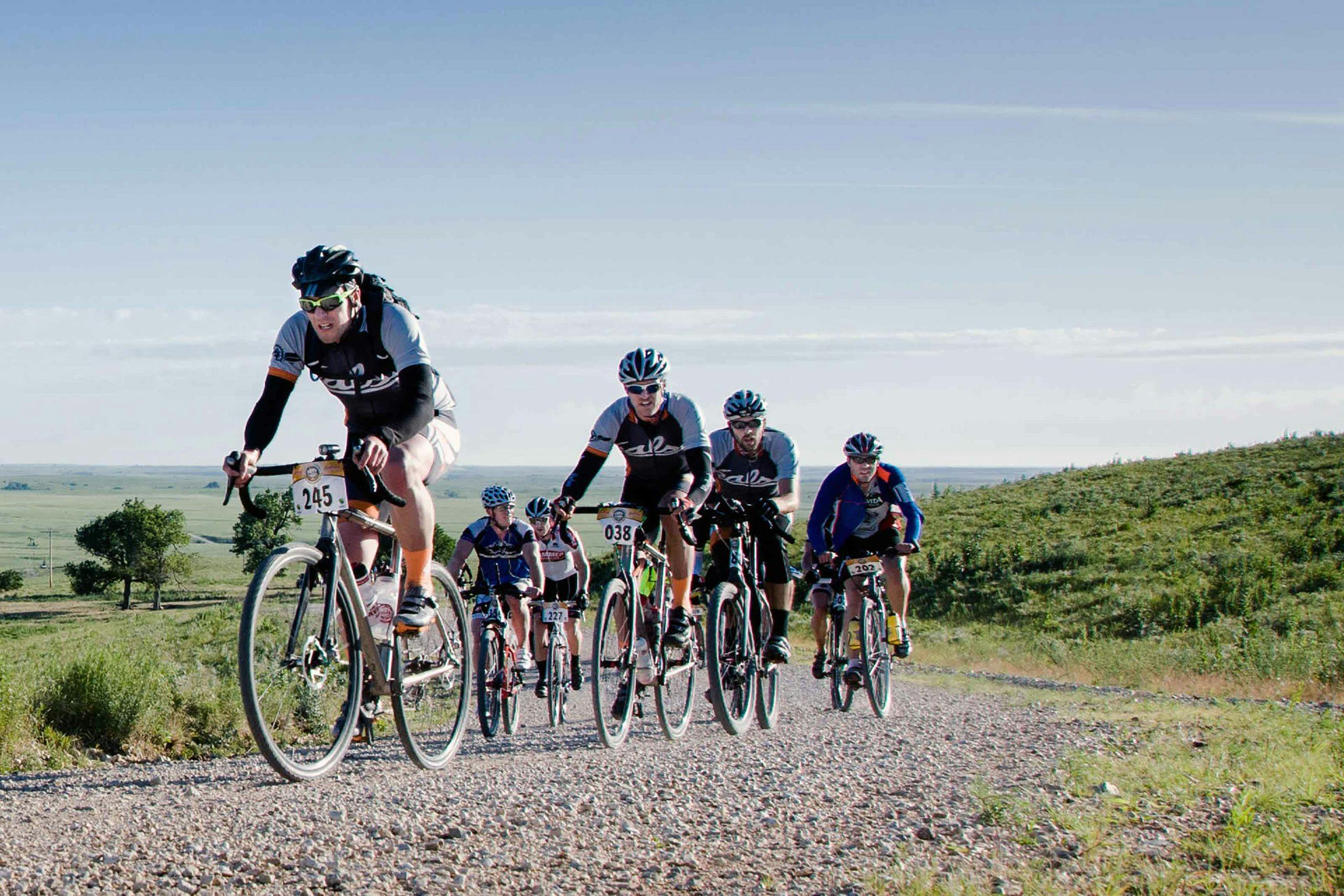
“Little did I know, that this … unbranded titanium frame … was the pre-production Salsa Warbird – a bike when launched would unashamedly define the gravel race bike, in a time when such a market barely existed” – Paul Errington
“Adapting to a new bike is a process … it needs hours in the saddle adjusting the fit and feel. No one in their right mind would suggest you ever tackle a 200 mile gravel race the day after collecting your new to you bike… but that is exactly how my first Dirty Kanza went down, and how I started my relationship with the Salsa Warbird.
A lost bike bag had left me turning up at the 2012 Dirty Kanza with no means of completing my first US gravel race. Months and months of training hung in the balance until Ryan Horkey of Salsa showed up with his own personal bike: an unbranded titanium frame. There was little that stood out on this bike and yet, with only a minor saddle adjustment, I felt at home. Little did I know that this was the pre-production Salsa Warbird – a bike when launched would unashamedly define the gravel race bike, in a time when such a market barely existed.
I remember small details about that first Dirty Kanza: the insane pace at the start; the savage heat throughout the day; the endless rolling hills and the camaraderie of riders willing each other to the finish. However, what I don’t recall is anything in detail about my bike. A negative? Certainly not; not a niggle or tyre out of place for the full 200 miles of Flint Hills gravel. The bike given to me only a day prior was like an old friend – a testament to the design as I rode it without complaint. Since then I have completed a further three Dirty Kanza, two Mid South (then Landrun 100) and a Trans Iowa all on Salsa Warbird. Thank you Salsa Cycles, without the Warbird the gravel world may never have gone the way it did.”
Paul Errington
Founder: Dirty Reiver, Currently: Shimano Gravel Alliance & Grinduro
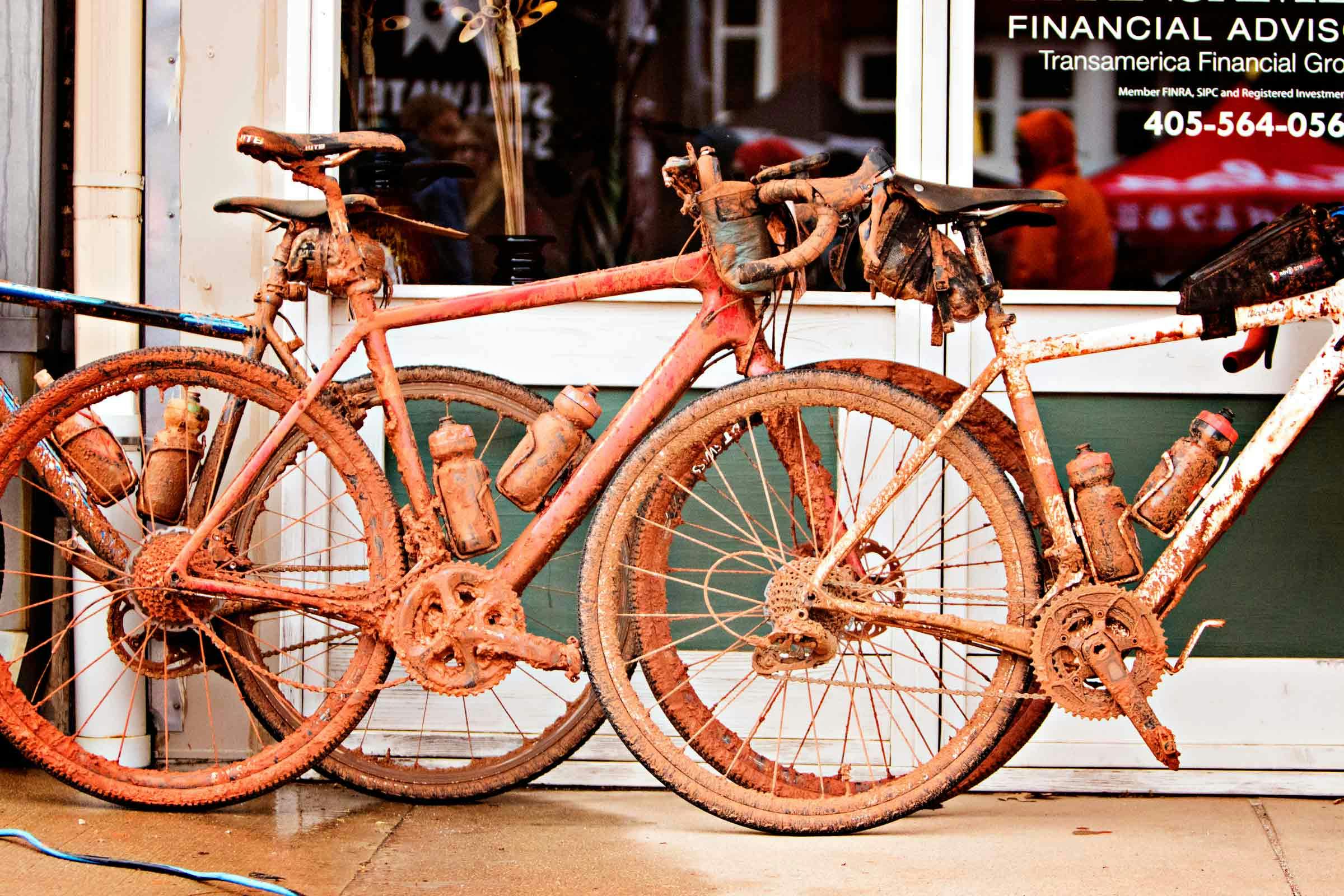
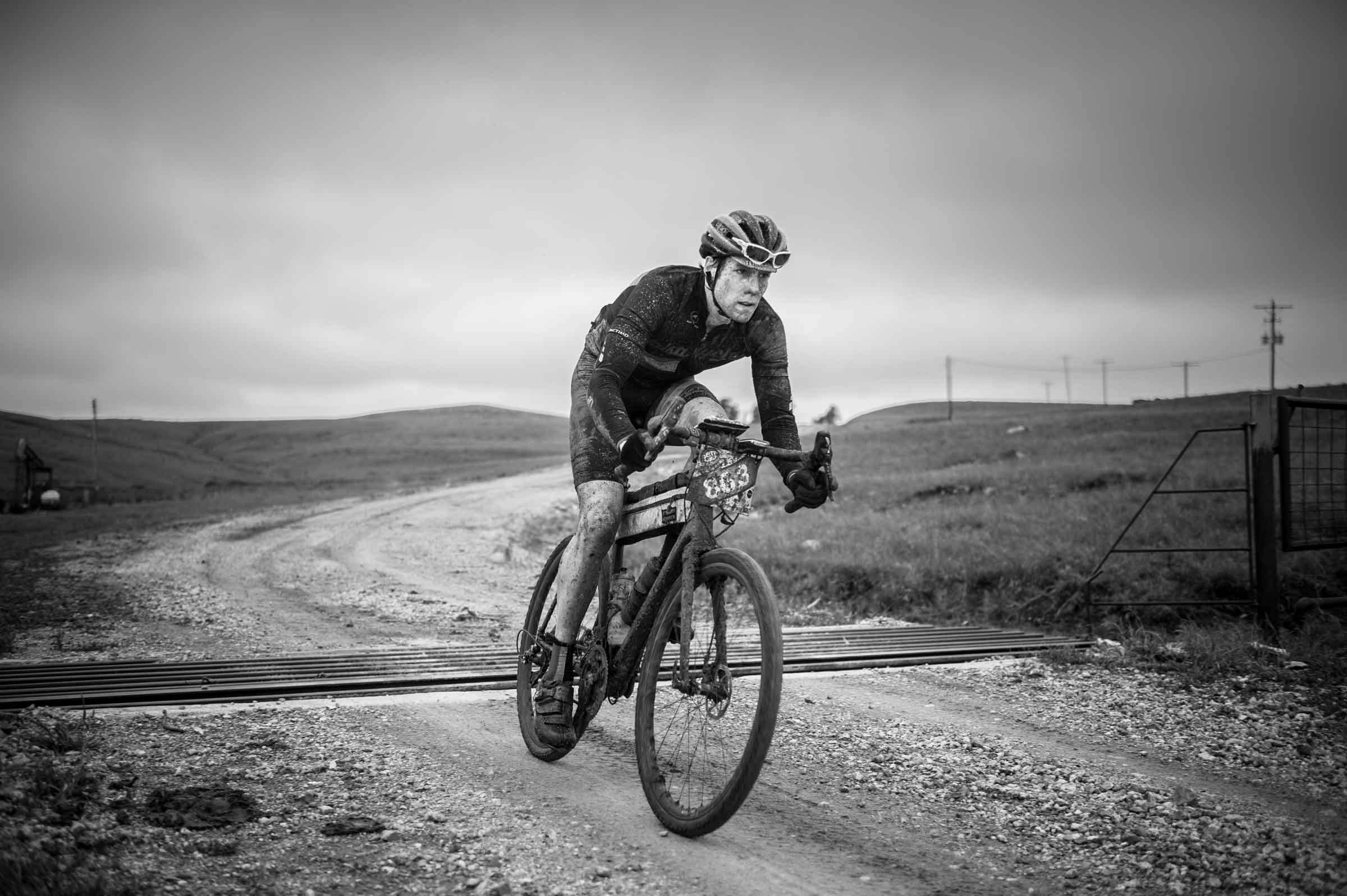

With the benefit of hindsight, the first generation Warbird has become genre defining. Changing technology and design intersected with a new usage. Each mutually reflected the other. Those geometry tweeks and the addition of disc brakes allowed for a faster, more comfortable and confidence inspiring experience. A virtuous circle slowly began to gather momentum. More gravel races appeared. More people were won over by the Warbird’s advantages.
Except, we are human aren’t we? Improve something. Find new ways to push the limits once more. And for that small group of innovators, go back to the drawing board.
At the 2009 Trans Iowa, product designer Joseph Meiser rode a one-off titanium frame Salsa had made to test geometry. It had a lower bottom bracket and better tyre clearance, but what really shined was the compliance it delivered:
“I won the race, but perhaps more importantly, I could stand up after completing the 300-plus miles of Iowa gravel and B-roads. That compliance made a real difference and resulted in the Warbird Ti, which we consider to be the Warbird V2” – Joe Meiser
It is maybe only when we look back and reflect that we truly appreciate the hand-in-hand evolution of bike technology and what the average person is able to achieve. A typical downhill race course of the late 90s would largely be considered tame in comparison to many a modern enduro stage. 1182 finished the Dirty Kanza 200 last year. There were just 19 finishers in 2007. Gravel events have cropped up around the world in the last decade and a half, accelerating in the last couple of years. The Warbird has already proved instrumental in changing the perception of what is possible on a drop-barred bike.

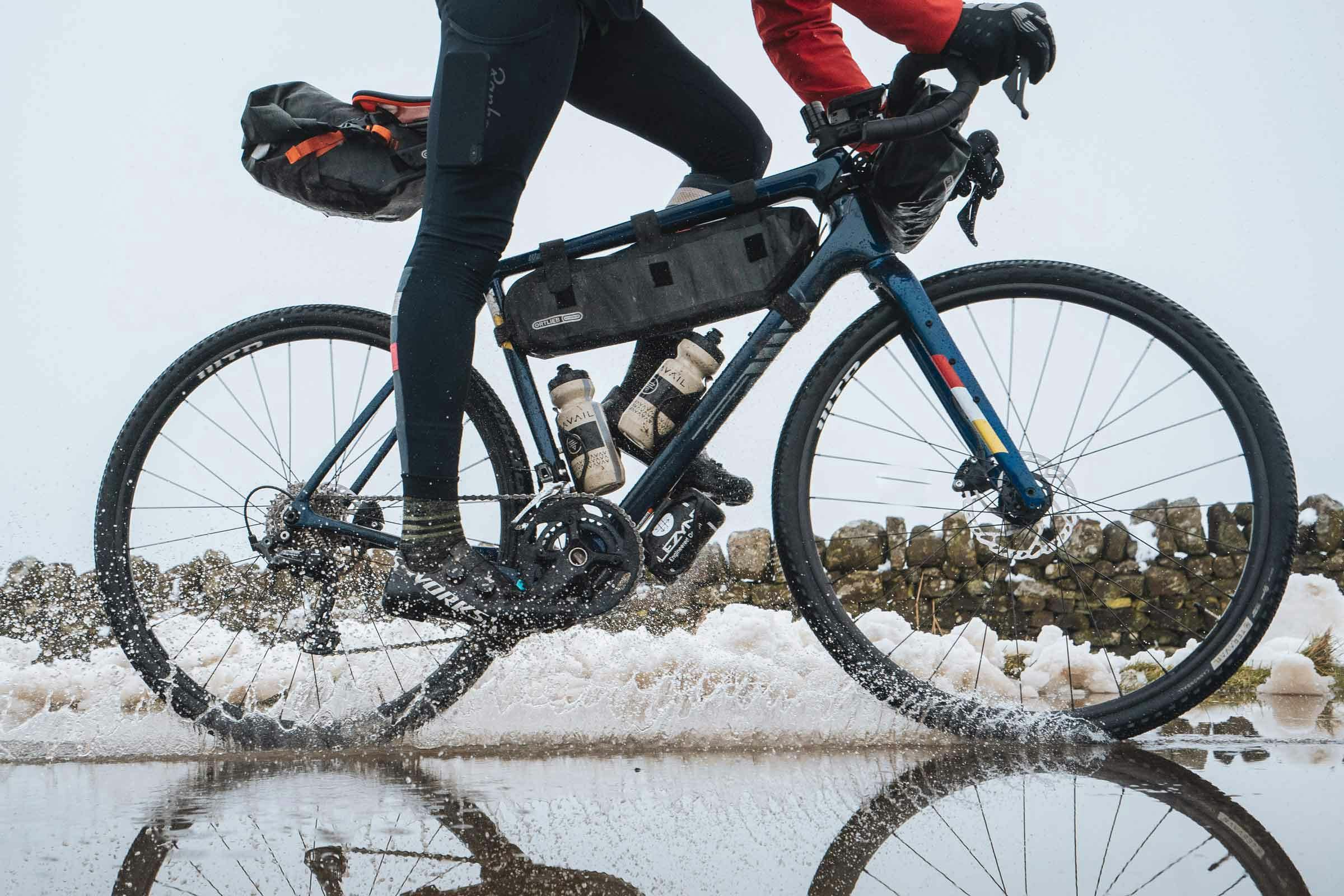

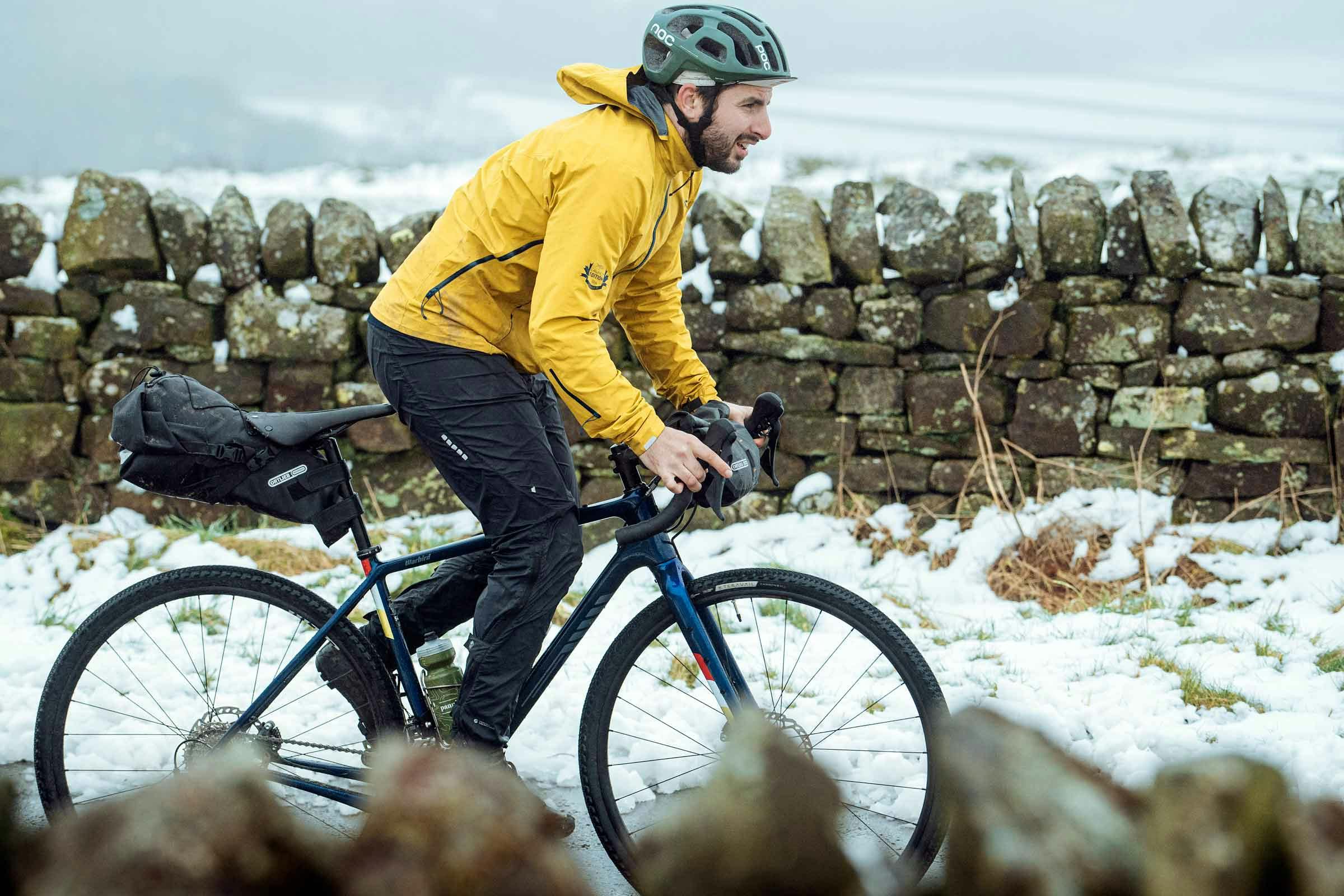
“The diversification and specialisation of the Salsa range … gave the Warbird the breathing space to evolve once more. Still do-it-all, but the ultimate do-it-all, with the heart of a pure-bred gravel race bike.”
If the first Warbird represented a genre defining revolution, the following iterations represented steps along an evolutionary path, driven by that pushing of limits. Limits weren’t just pushed on the gravel though. The Salsa design team’s knowledge and capabilities were constantly improving, as were the materials and products they had access to. Following on from the titanium V2 came the V3 in 2014. Salsa’s mission was to bring titanium comfort (or better) in a carbon and an aluminium model.
At his desk, Mailen designed the Class 5 Vibration Reduction System rear end (Class 5 VRS), that is now used on Salsa’s Warbird, Warroad and Cutthroat models. The striking design – which uses relatively slender seatstays and removes the bridge – looked promising on screen, but needed to be proven out in the field. To do this, Mailen used mounted accelerometers to benchmark prototypes: “the testing I did wound up showing dramatic improvements from the Class 5 VRS rear end,” said Mailen. “The Warbird carbon frame was showing 9% more compliance than Ti, and even the Warbird aluminum frame was showing 6% more compliance than Ti. That is pretty incredible when you consider the costs of a good titanium frame.”
Perhaps one of the ironies of the increasing specialisation within cycling that lead to the gravel bike is that it created a machine that is as close to a do-it-all bike as possible. In the same way that Roughstuffers took touring bikes off road, people used their Warbirds as road bikes – embracing the comfort and surefooted handling as well as the ability to leave tarmac behind if the whim took them. Others wedged in the largest tyres they could and bounced along their local singletrack or strapped on luggage and took to the hills on multi-day trips.
During the lifetime of the V3, the Salsa range diversified and specialised further. The Cutthroat defined a new genre as the bikepacking race-bike; a drop-bar mountain bike designed to go far. The Warroad took a step in the other direction; tighter geometry and a road bike that would be just as at home on gravel.
This gave the Warbird the breathing space to evolve once more. Still do-it-all, but the ultimate do-it-all, with the heart of a pure-bred gravel race bike…

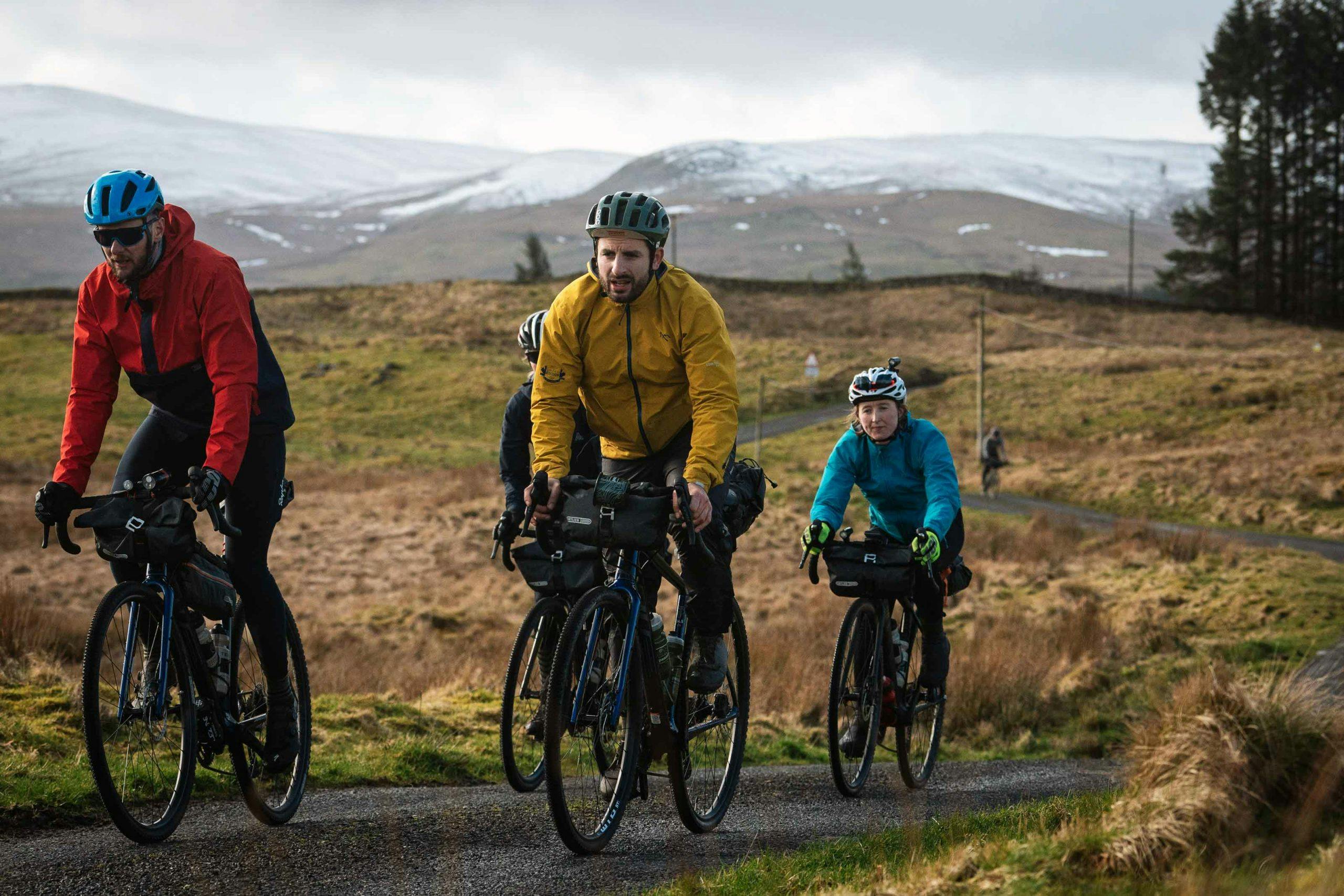
Salsa Product Engineer Pete Hall was given the honor of taking on the development of Warbird V4. Hall’s first thought upon receiving the project was, “Oh crap!”
“There was excitement mixed with nervousness because the Warbird really is the gravel nameplate.” Hall immediately met with Mailen, who was charged with other currently top-secret projects. “We talked, and I asked him what did he like? What would he do differently? And of course, we already had a short list of ideas for improvement that we would try to implement.”
That shortlist makes for a pretty decent wishlist when it comes to a modern gravel bike:
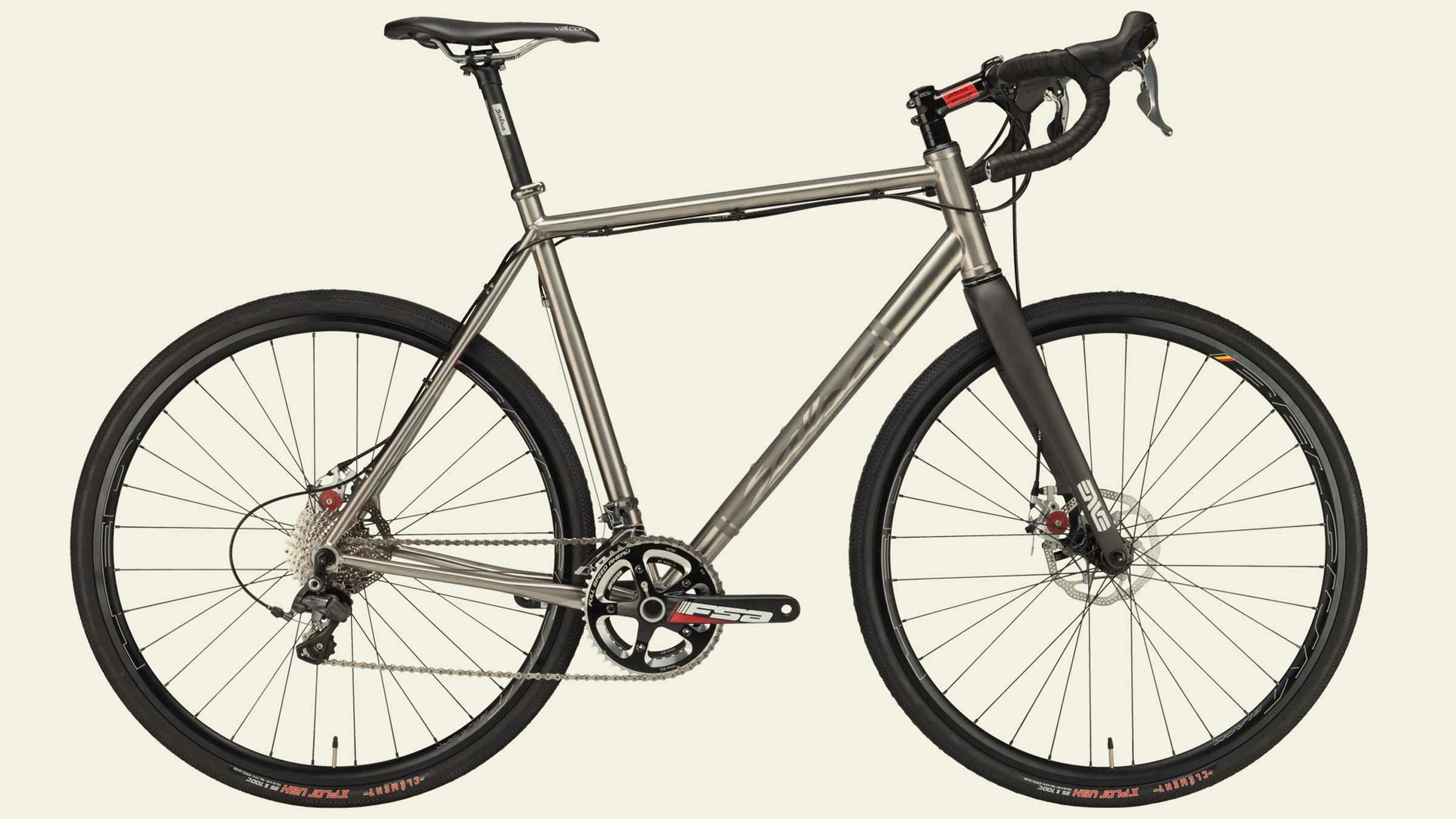


>> Dual wheel size compatibility – 700c x 45mm or 650b x 2.1”
>> Increased size range – seven sizes in total, including a new 49mm frame size to fit smaller riders
>> Improved power transfer – updated chainstays, bottom bracket, and downtube designs transfer rider power more efficiently
>> Improved Standover Height – lower toptube for improved fit
>> Increased water bottle capacity – 3 bottles inside main triangle for sizes 56cm and up (2 for smaller sizes), 1 accessory mount under downtube, Three-Pack mounts on fork legs for two additional bottles
>> Integrated toptube bag bosses – for use with Salsa EXP Series Toptube Bag; offers secure connection and elimination of strap wear
>> Refined drivetrain compatibility – 1x, 2x and all current electronic offerings
>> Rear rack compatible – using Salsa Rack-Lock seat collar and Wanderlust rear rack
>> Sleeved internal cable routing – internal tubes guide housing through the frame
>> Internal dropper routing – when running a 1x drivetrain
>> Fender mounts – because wet weather training rides don’t have to be miserable
>> New gravel race geometry – even greater stability with longer toptubes on most sizes increased front/center combined with 10mm shorter stems
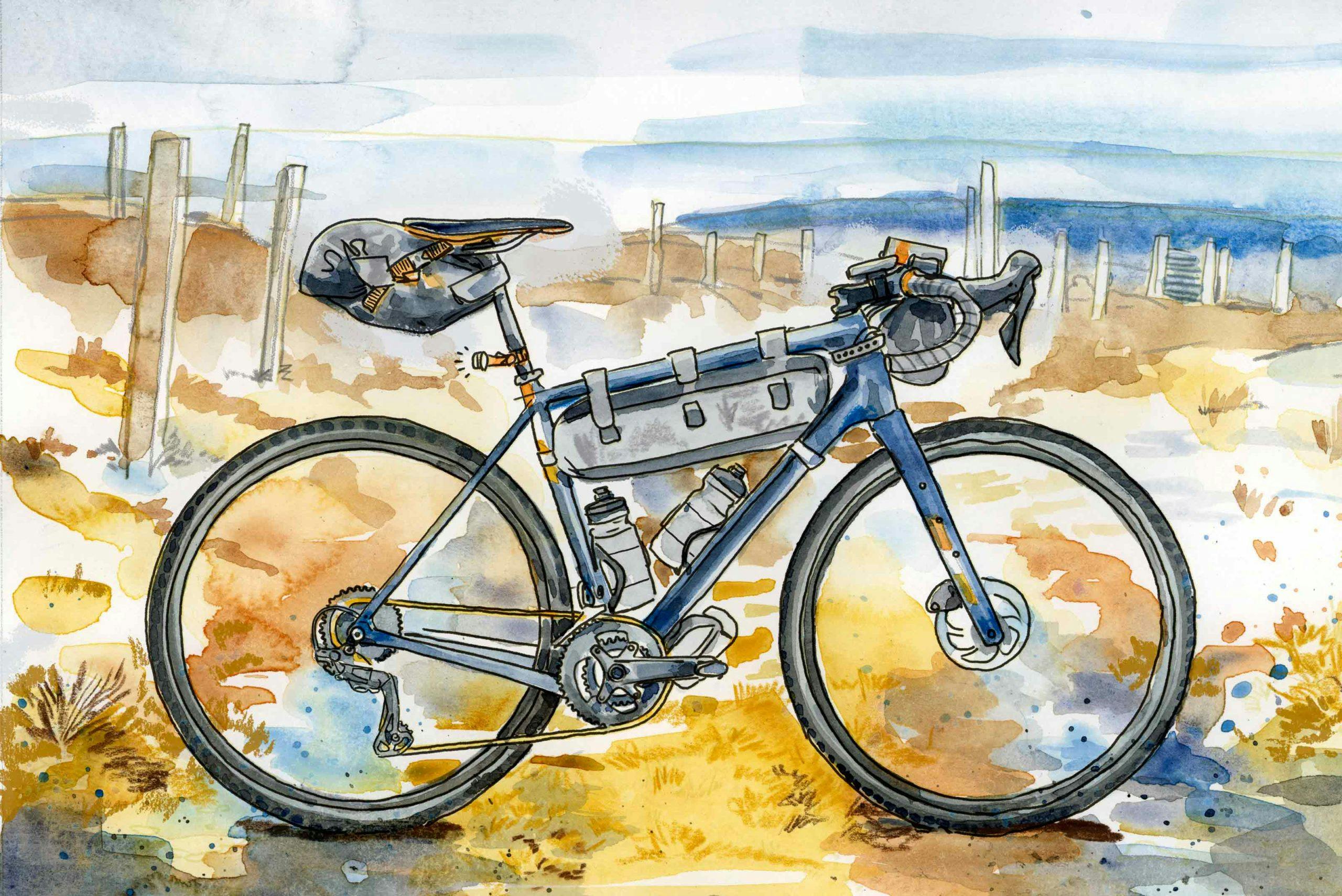
There are a certain group of people that are happiest when they are pushing the boundaries of achievement. I would argue that maybe there are a few more of these people in the cycling world than the population in general. I would also argue that there is a bit of this in all of us – who hasn’t felt the sense of satisfaction at their longest ride or finally nailing a wheelie or cleaning a technical section of trail? For me, it’s really interesting to see how symbiotic the growth of gravel has been: the Warbird is successful because it was a bike that riders wanted but so many riders didn’t realise, until such a bike existed.
As bikes like the Warbird evolve, our collective sense of what is possible evolves too. While Jaimi and Ede complete unthinkably long days back-to-back on their round-the-world and trans-European record attempts, someone will probably be hike-a-biking their Warbird up a mountain. Someone else will almost certainly be winning a gravel race on board one. The only guarantee is someone, somewhere has probably already attempted the same on a less appropriate bike.
So, let’s celebrate specialisation, let’s celebrate one bike that does it all, let’s celebrate human endeavour and pushing our own limits. Finally, let’s celebrate the pioneers and designers that are pushing their own limits in developing the tools like the Warbird that let us get out there…
Words
Tom Hill
Photos
Duncan Philpott
Salsa Cycles
Eric Benjamin
Illustration
Chris McNally
Stef Amato
Partners
Lyon Cycle
Salsa Cycles
LOST LANDS
The Frontier300 is a new UK coast-to-coast gravel route and event that weaves through the alluring Anglo-Scottish Borderlands, akin to the wailing westerlies. We head up to bikepack the 300-kilometre route and discover more about these lost lands, in the company of two world-record seekers...
by STEFAN AMATO & DUNCAN PHILPOTT
LOST LANDS
The Frontier300 is a new UK coast-to-coast gravel route and event that weaves through the alluring Anglo-Scottish Borderlands, akin to the wailing westerlies. We head up to bikepack the 300-kilometre route and discover more about these lost lands, in the company of two world-record seekers...

